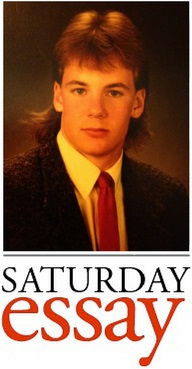 — a loose companion to a previous essay about teaching —
— a loose companion to a previous essay about teaching —
“The truth knocks on the door and you say, ‘Go away, I’m looking for the truth,’ and so it goes away. Puzzling.”
— Robert M. Pirsig, from Zen and the Art of Motorcycle Maintenance: An Inquiry Into Values
I understand why a lot of teachers lust after “best practices.” I get why so many of us grasp at supposedly foolproof methods for making students do exactly what we want them to do. A lot of us have been taught that assigning work then rewarding or punishing students according to how they do it is the gist of teaching. (A lot of students, understandably and heartbreakingly, believe those rewards and punishments are the gist and evidence of learning.) From a certain perspective it makes sense for us to seek information about how to reward and punish as effectively as possible. It also, in some ways, makes sense for administrators to dictate practices they believe will create consistent punishments and rewards throughout a particular course, major, college unit, school, district, or state. The actual of process helping fellow human beings learn — as opposed to the process of meaningless, faux-rigorous punishing and rewarding — is a task of privilege that’s incredibly difficult to do well. I know my own version of feeling desperate for some method or approach that just works.












